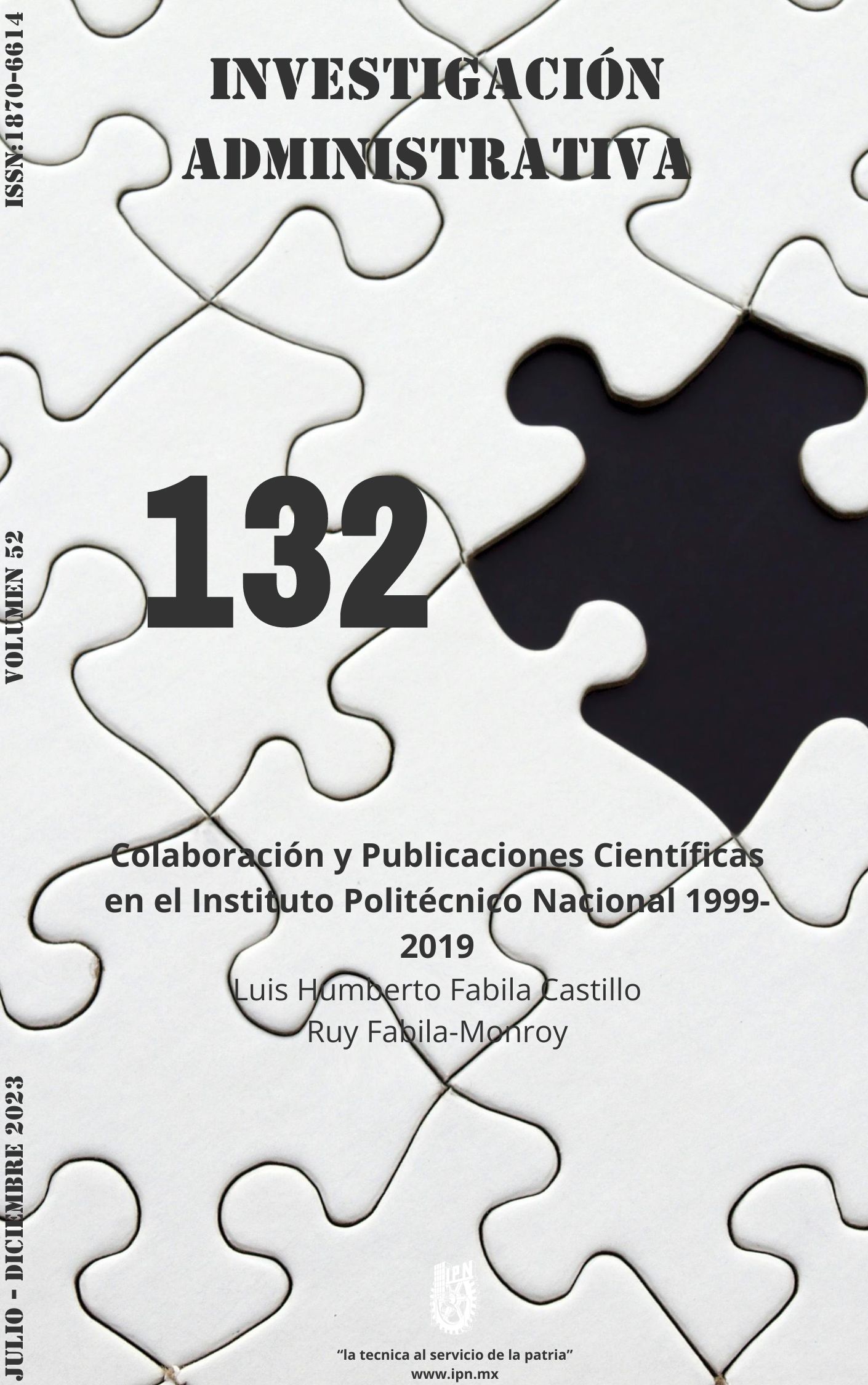Collaboration and Scientific Publications in the Instituto Politecnico Nacional 1999-2019.
Main Article Content
Abstract
The objective was to evaluate the evidence of the factorial structure of the CESQT in Mexican University Professors through their response patterns during the first peak of the COVID-19 Pandemic. The method considers the psychometric properties of the instrument by examining a sample of n=600 of Mexican University Professors. The scale featured a sociodemographic section and the CESQT questionnaire by Gil-Monte (2005). The inventory has 20 items grouped into 4 dimensions related to: Enthusiasm for work, Emotional Fatigue, Indolence and Guilt. Factor analysis, variance and covariance were performed using the maximum likelihood method with AMOS24®. The results of the study demonstrated that the instrument is valid and reliable to measure Burnout levels in teachers and significant differences were found with the Gil-Monte results. Cronbach's Alpha Coefficient was greater than 0.70 for the four scales of the instrument. The original value of this study contributes to the development of the body of knowledge about the scenario perceived by University Professors during the first peak of the COVID-19 Pandemic, about valid instruments to measure Burnout Syndrome in Spanish-speaking countries. It is concluded that the results provide evidence of the psychometric properties of the CESQT during the study of Burnout Syndrome in the Mexican cultural context, the first peak of the COVID-19 Pandemic. All the measurement scales satisfy the criteria of validity and reliability. The factorial analysis of the Theoretical model of each one of the dimensions of Gil-Monte in an empirical way.
Article Details

This work is licensed under a Creative Commons Attribution-NonCommercial 4.0 International License.

